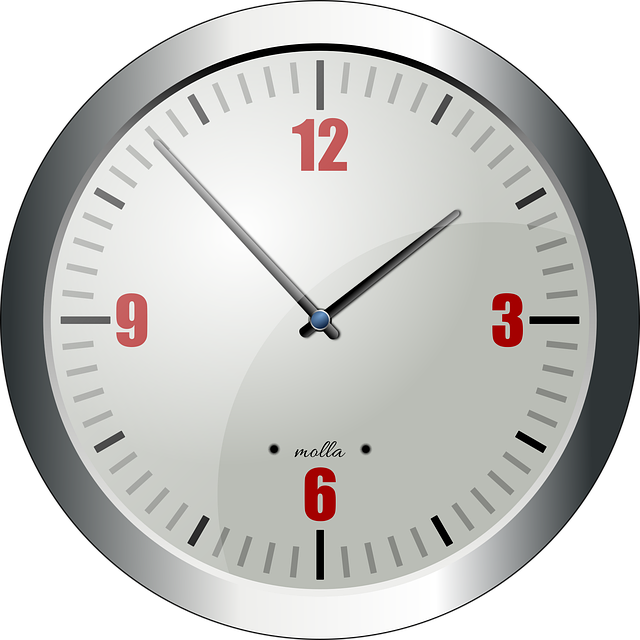Staying informed about local real estate market trends is vital for successful property sales. Analyzing sales data and area developments allows strategic positioning, pricing, staging, and marketing to maximize value. Peak buying seasons in spring and early summer drive high activity, while quieter fall and winter seasons cater to specific buyer profiles. Monitoring competitor activities provides insights for optimal listing times, price changes, and marketing tactics.
In the competitive real estate market, timing is everything. To maximize your property’s selling potential, understanding local trends and peak buying seasons is crucial. By analyzing market dynamics and competitor activity, you can identify the optimal window to list your home. This strategic approach ensures a smoother sales process, attracts more interested buyers, and potentially secures a higher selling price.
Understand Local Market Trends

Staying abreast of local real estate market trends is paramount for maximizing your selling window. By understanding current market conditions, including demand, pricing patterns, and competitive listings, you can strategically position your property to attract buyers. Real Estate experts recommend conducting a thorough analysis of recent sales data in your area, as well as keeping an eye on upcoming developments that could influence property values.
Local market trends provide invaluable insights into what buyers are looking for and how much they’re willing to pay. This knowledge allows you to make informed decisions about pricing, staging, and marketing your home effectively. Whether it’s identifying emerging neighborhoods with high demand or recognizing shifts in buyer preferences, understanding these trends can significantly impact the success of your real estate sale.
Identify Peak Buying Seasons

In the real estate market, identifying peak buying seasons is a strategic move that can significantly impact your sales success. Understanding seasonal trends allows agents and property owners to time their listings effectively, maximizing exposure during periods when potential buyers are most active. For instance, spring and early summer often witness an upsurge in home purchasing due to favorable weather conditions and the traditional school year calendar, making it an ideal time to list properties that cater to families.
By contrast, quieter seasons like fall and winter might be less appealing for first-time buyers but can present opportunities for those seeking quieter neighborhoods or specific types of real estate, such as investment properties or vacation homes. Recognizing these peaks allows agents to advise clients on the best time to buy or sell, ensuring they secure the best possible deals in a competitive market.
Analyze Competitor Activity

In the competitive real estate market, understanding your competition is key to identifying the optimal selling window. Analyze the activities and strategies of similar properties in your area. Keep an eye on listing times, price changes, and marketing efforts to gauge what’s working and what isn’t. This knowledge will help you time your own listing for maximum exposure and appeal to potential buyers.
By closely monitoring competitor activity, you can anticipate trends and adapt your approach accordingly. For instance, if neighboring properties are selling quickly at premium prices, it might indicate a strong market demand that favors sellers. Conversely, if many listings are sitting on the market for extended periods, it could signal a shift in buyer sentiment or pricing strategies.






